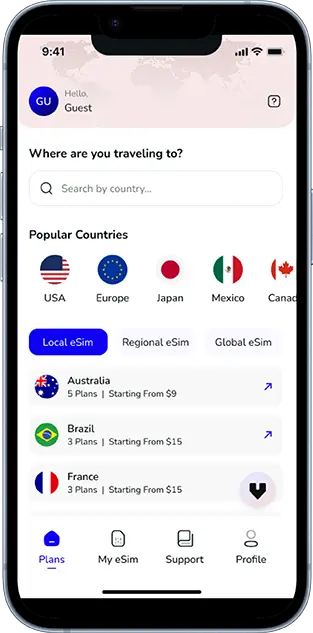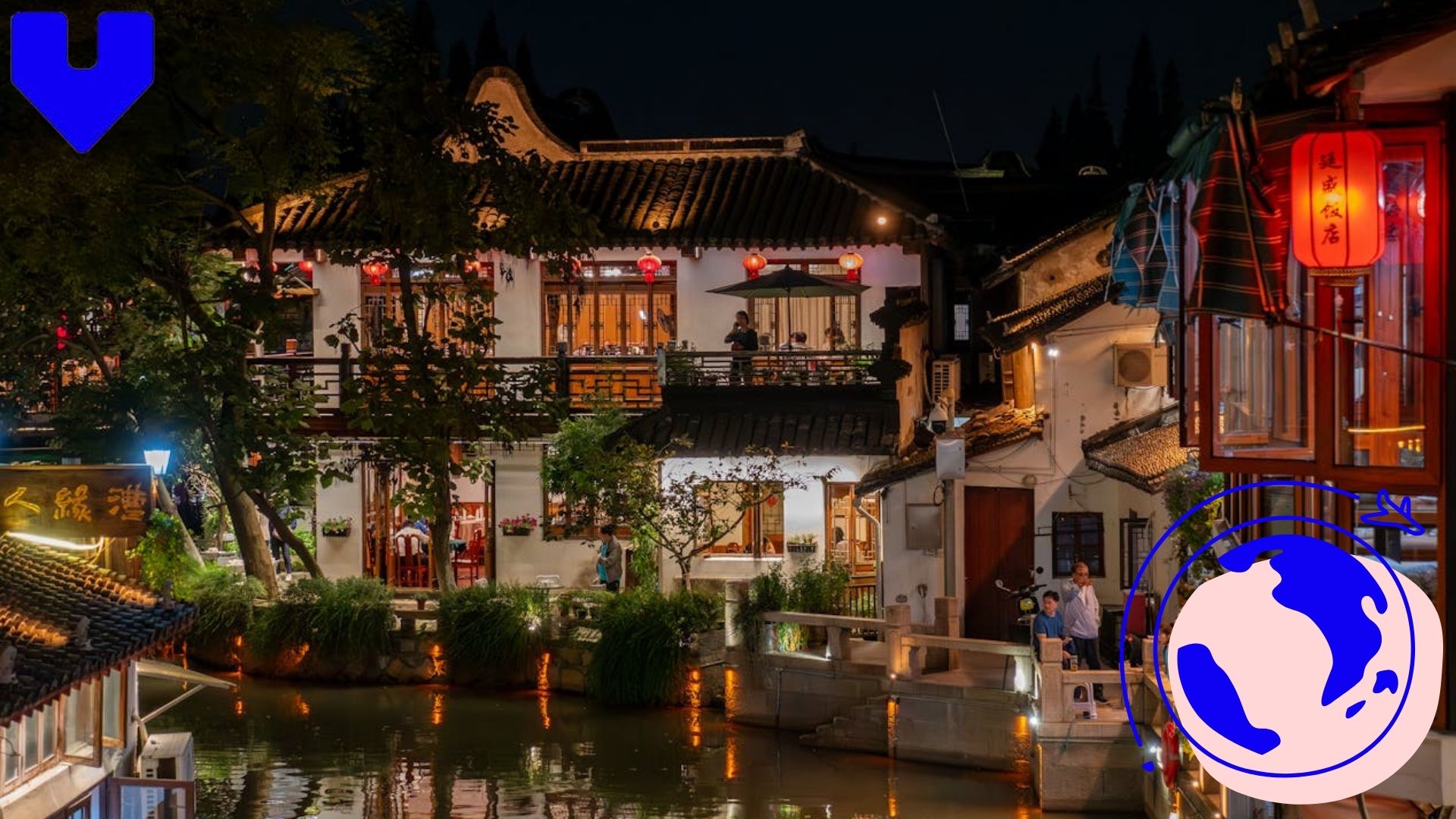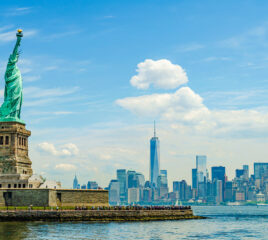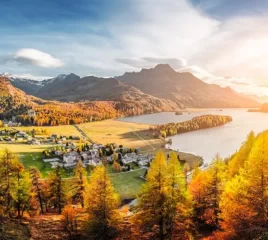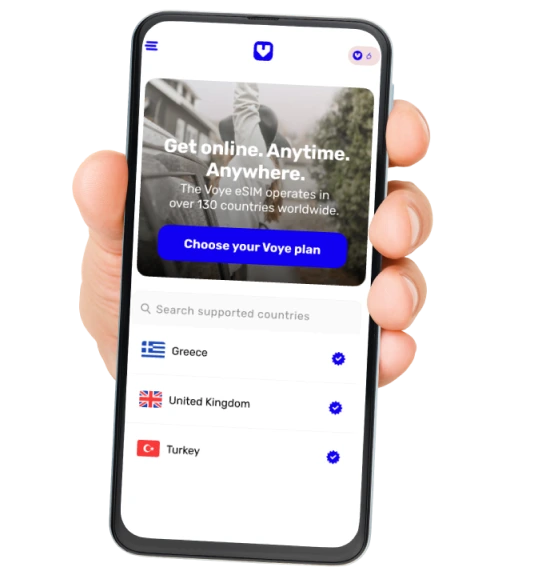Note that iPhone devices from Mainland China aren’t eSIM compatible. Also iPhone devices from Hong Kong and Macao aren’t compatible (except for iPhone 13 Mini, iPhone 12 Mini, iPhone SE 2020 and iPhone XS)
Suzhou has long been called the Venice of the East, but a two-week stay reveals more than canals and gardens. It’s a city of layers: Ming-era courtyards, lantern-lit alleys, steaming noodle bowls, and a modern skyline that glows over Jinji Lake. Fifteen days here means you don’t just sightsee — you settle into the rhythm of Suzhou life. To make it effortless, keep Voye Global eSIM at the heart of your trip. From the moment you land, you’ll have instant data for maps, ride-hailing, translation apps, and booking tickets. No roaming surprises, no fumbling with local SIMs — just a reliable connection while you explore.
Anchors to Hold Onto
Even with two weeks, Suzhou is best enjoyed through a few essential experiences:
- At least one grand garden, like the Humble Administrator’s Garden, to see Suzhou’s artistry in full scale.
- An old street stroll, especially Pingjiang or Shantang, where lanterns reflect on the water at night.
- A cultural session of Pingtan or Kunqu Opera, the city’s living traditions.
- A water town day trip — Tongli for balance, Luzhi for quiet, or Zhouzhuang for bustle.
- Modern nights along Jinji Lake, with skyline breezes and rooftop cocktails.
- And most importantly: a daily bowl of noodles — the ritual that ties everything together.
Stay Connected in Suzhou
Navigate gardens, canals, and water towns without missing a beat.
The First Weekend: Suzhou’s First Impression
Start your journey at the Humble Administrator’s Garden. Arrive at opening time to catch the calm before tour buses arrive. Wander the ponds, zigzag bridges, and shaded pavilions, then slip into the Suzhou Museum, designed by I.M. Pei, for a short but striking stop.
As evening falls, head to Pingjiang Road. Duck into side alleys, explore teahouses, and sit down for your first Pingtan session — a mix of music and storytelling that feels like time travel. End the night with noodles, steaming hot, in a shop filled with locals.
On Sunday, leave the city for Tongli Water Town. Ride a boat through canals, cross centuries-old bridges, and pause for tea in quiet courtyards. When you return, unwind at Jinji Lake, where the skyline and night breeze welcome you back.
Workweek Rhythm: Post-Work Suzhou
Suzhou comes alive after hours. If you’re working by day, use evenings to collect small but meaningful experiences:
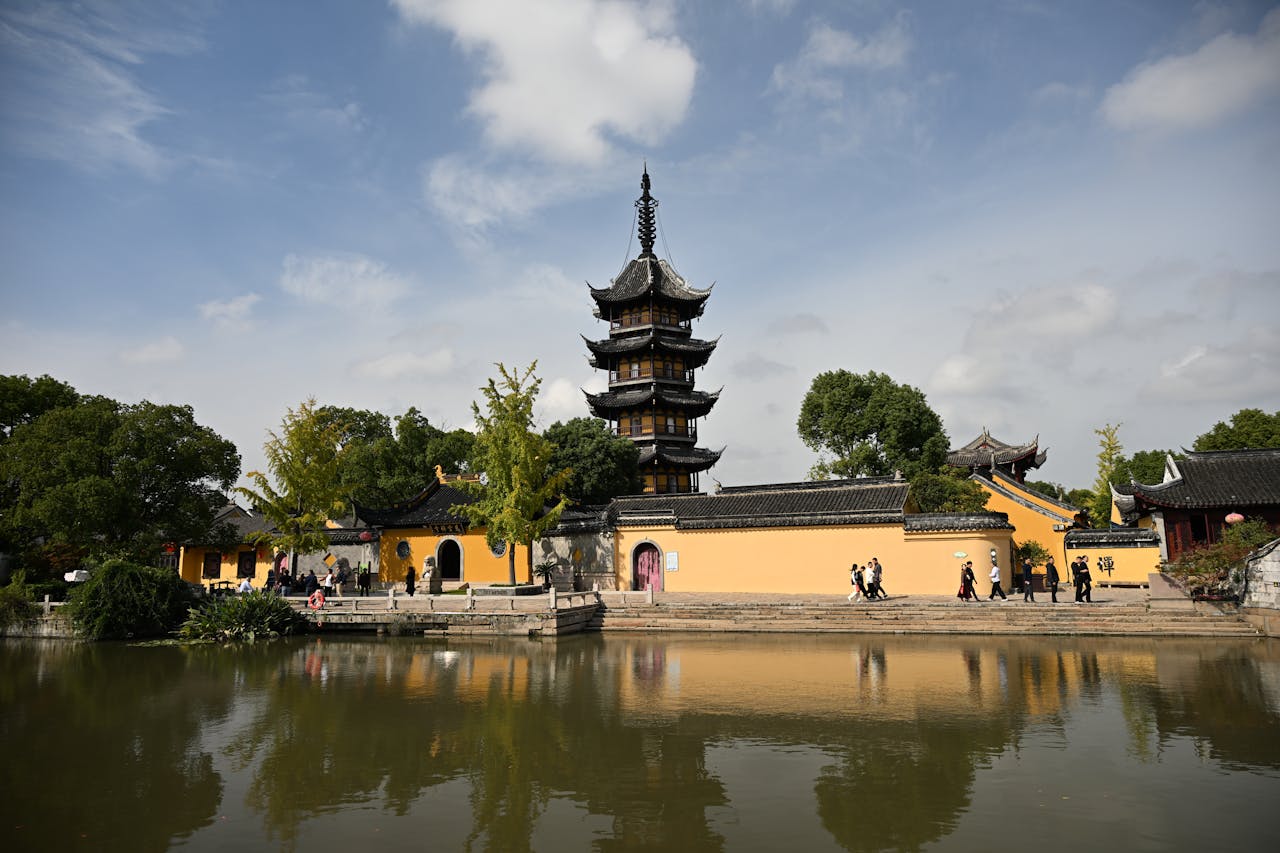
- Monday: A quick stop at Master of the Nets Garden, compact yet elegant. If you’re lucky, catch a nighttime performance.
- Tuesday: Watch the sunset along Shantang Street and stay for the lanterns and canal boats.
- Wednesday: Take a slow jog or walk around Jinji Lake, with its skyline view.
- Thursday: Another Pingtan performance, paired with osmanthus cakes or sweets.
- Friday: A foot massage after work, followed by a rain-soaked photo walk through Pingjiang if the weather turns cinematic.
With Voye eSIM, navigation is stress-free. You’ll book rides in seconds, find tucked-away teahouses, and translate menus without pulling out a dictionary.

The Second Weekend: Icons & Hidden Corners
Saturday belongs to the Lingering Garden, famed for its spatial drama. Pair it with Tiger Hill, where a leaning pagoda crowns lush grounds. After a nap, head back out for Shantang Street by lantern light, then sit down for Lion’s Head meatballs, rich and warming.
Sunday is quieter. Head to Luzhi Water Town, where calm canals replace crowds. Return to Suzhou for one last bowl of late-night noodles — your anchor ritual.
The Second Workweek: Layering Culture
This week is for cultural depth. Revisit the Humble Administrator’s Garden in the early morning for softer light and fewer people. Dine at Songhelou, where Suzhou’s iconic squirrel fish arrives glazed and crisp. Another evening, walk along Panmen Gate, where ancient walls meet glowing canals.
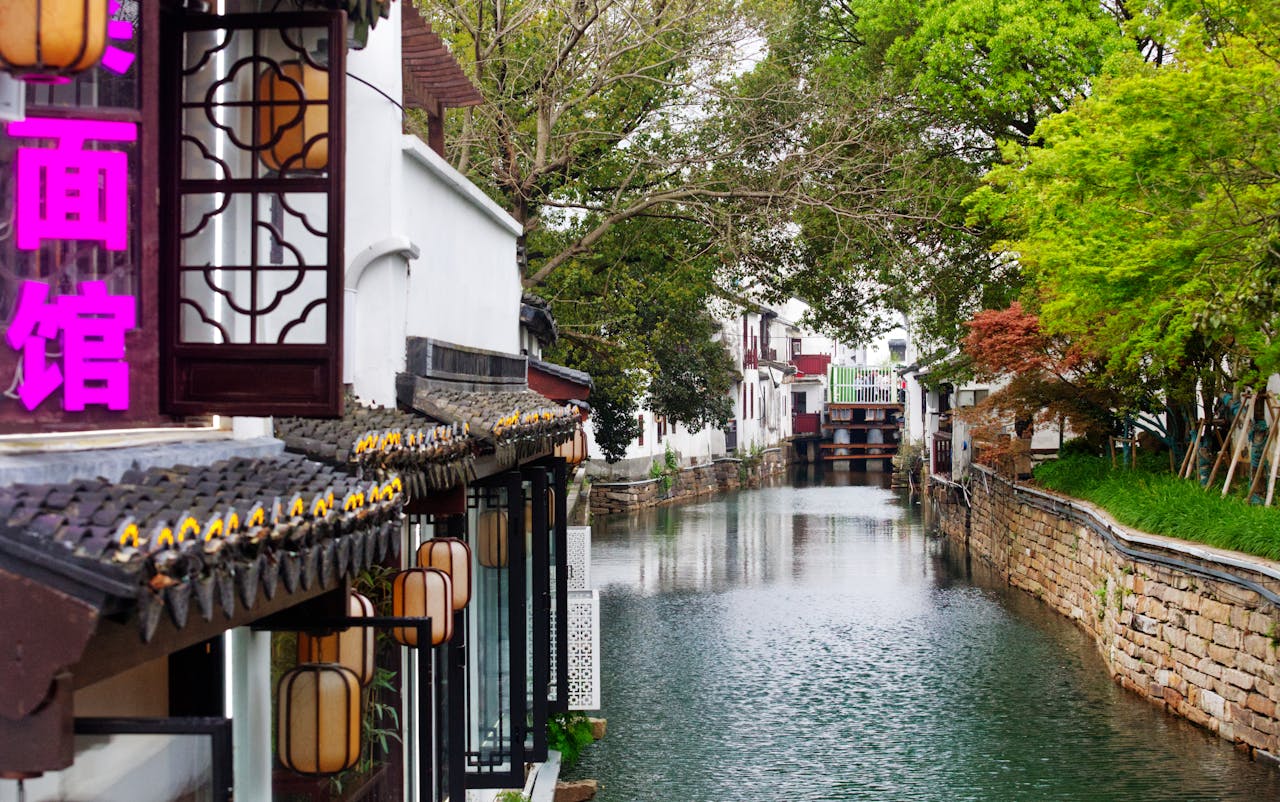
Stop by the Silk Museum midweek to watch loom demonstrations before buying a silk scarf or embroidery bookmark. If schedules align, attend the Master of the Nets night program. On Friday, let yourself drift into Suzhou’s small but buzzing live music bars — from jazz to indie, they’re tucked into basements and hidden courtyards.
The Final Weekend: Choose Your Own Suzhou
By the last weekend, you’ll know your favorites. Some return to Pingjiang after 9 PM, when the crowds vanish and the ambience spikes. Others take one last water-town excursion to Mudu or repeat Tongli for nostalgia. Or maybe you’ll simply sit by the canals, snack on Huangtianyuan cakes, and savor the feeling of being part of Suzhou’s slow rhythm.
Money & Currency Tips
Suzhou runs largely on digital payments — WeChat Pay and Alipay dominate daily transactions. But as a visitor, it’s smart to carry some cash in yuan (RMB). ATMs are widely available, and currency exchange counters can be found at airports, major hotels, and central banks.
How much cash to carry?
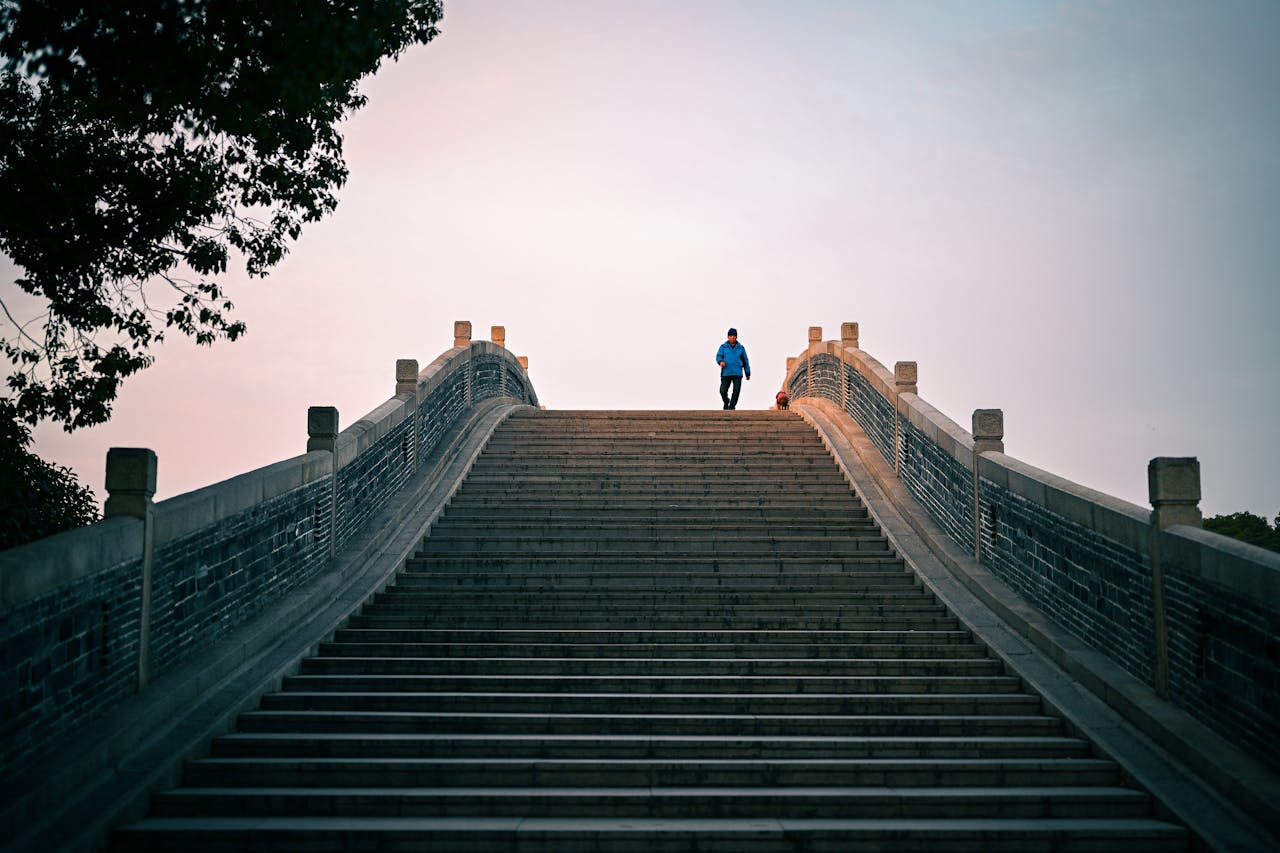
- Keep around 300–500 RMB in cash for small purchases: snacks, buses, and older shops that don’t accept cards.
- For everything else — taxis, restaurants, attractions — mobile payments or international cards usually work, though some smaller vendors still prefer cash.
Pro Tip: Use your China Travel eSIM to connect to banking apps or translation tools instantly if a payment situation gets tricky.
Tourist Traps to Avoid
Every old city has them — here’s where Suzhou can test you:
- Overpriced Tea Houses on Pingjiang Road: Beautiful setting, but some charge absurd prices. Pick a local spot off the main lane instead.
- Fake Silk Shops: Not all silk is equal. Stick to the Silk Museum shop or reputable boutiques.
- Crowded Gardens at Peak Hours: Humble Administrator’s is swamped midday; always go early morning.
- Pushy Rickshaws: Fun for a short ride, but some drivers overcharge. Negotiate upfront or skip.
Travel Smarter, Explore Deeper
From maps to ride-hailing, keep every detail of your Suzhou trip seamless.
Entertainment Beyond Gardens
Suzhou isn’t just gardens and canals — evenings and weekends bring a mix of cultural and modern diversions.
- Pingtan: Traditional storytelling with music, best experienced in small teahouses.
- Kunqu Opera: Suzhou is the birthplace of this art form; even a short show is unforgettable.
- Silk Museum Loom Demo: Fast-track cultural insight in under an hour.
- Boat Rides: Shantang or Pingjiang canals at sunset feel cinematic.
Bars & Nightlife
Suzhou’s nightlife is understated but rewarding if you know where to look:
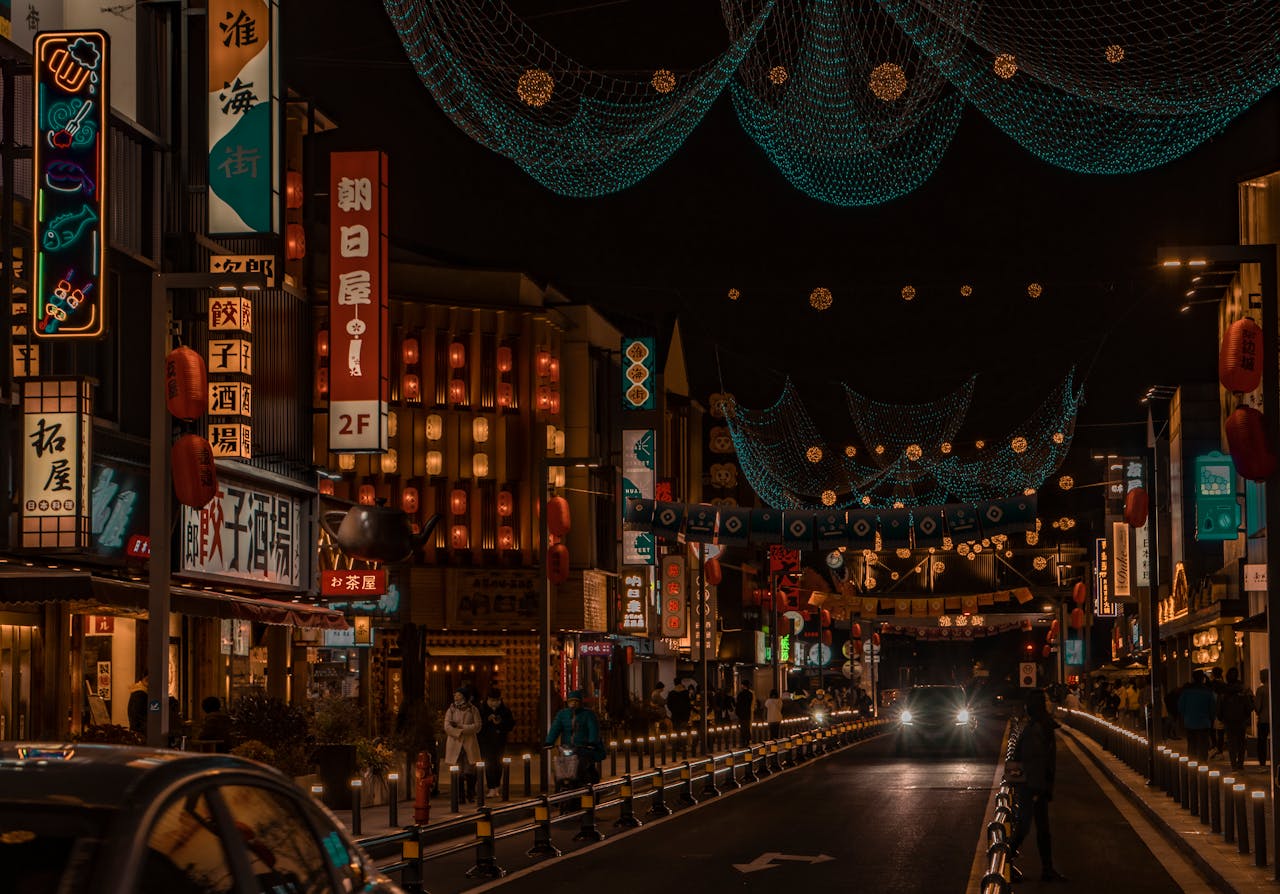
- Pingjiang Road after 9 pm: Lantern-lit, quieter, with bars tucked behind courtyards.
- Shantang Street: Lively at night with music, lights, and casual drinks.
- Jinji Lake: Trendy bars and rooftop lounges with skyline views.
- Indie Music Bars: Small venues hosting live jazz or acoustic sets, perfect for a laid-back night.
For a more local flavor, try a nighttime food crawl: start with skewers, dumplings, or late-night noodles, then sip local beer or fruit wine.
How Voye Enhances Your Evenings?
Nightlife in Suzhou can be scattered, and English isn’t always common in smaller venues. Voye eSIM keeps you confident:
- Find bars or teahouses on maps instantly.
- Use translation apps with staff or menus.
- Book rides safely when heading back late at night.
- Share photos live from lantern-lit alleys without worrying about roaming charges.
Final Travel Pointers
- Hydrate and Rest: Suzhou sightseeing means lots of walking — gardens, alleys, and water towns all demand good shoes and stamina.
- Pack a Portable Charger: Between navigation, translation, and photos, your phone will be in constant use.
- Weather Prep: Light rain actually makes Suzhou magical (wet stone and white walls), so bring a compact umbrella.
- Respect Timing: Arrive at gardens right at opening for calm, and save old streets for post-9 PM when crowds vanish.
FAQs About Traveling in Suzhou
1. How many days are enough for Suzhou?
Three days cover the highlights, but 15 days allow you to enjoy gardens, water towns, food culture, and Suzhou’s slower rhythm without rushing.
2. Is Suzhou expensive for travelers?
No, Suzhou is affordable compared to Shanghai. Daily noodle bowls, street snacks, and canal walks are budget-friendly, while gardens and museums have modest entry fees.
3. What’s the best way to get around Suzhou?
Walking and taxis are easy in central areas. Buses and metro connect major sights, while ride-hailing apps make late-night travel safe. Voye eSIM ensures smooth navigation.
4. How much cash should I carry?
Carry about 300–500 RMB for small purchases like snacks or buses. Most restaurants, attractions, and hotels accept cards or digital payments.
5. Are there tourist traps in Suzhou?
Yes — overpriced Pingjiang tea houses, fake silk shops, and pushy rickshaw drivers. Stick to trusted spots like the Silk Museum shop and arrive early at gardens to avoid crowds.
6. What food should I try in Suzhou?
Start with noodles every day, then taste squirrel fish, Lion’s Head meatballs, marinated pork (Yaorou), osmanthus lotus root, and cakes from Huangtianyuan.
7. Does Voye Global eSIM work in Suzhou?
Yes, Voye eSIM provides reliable data for maps, translation, ride-hailing, and bookings across Suzhou and nearby water towns, without roaming fees.
Seamless Mobile Data Everywhere
